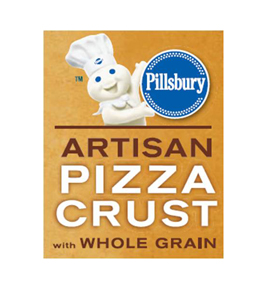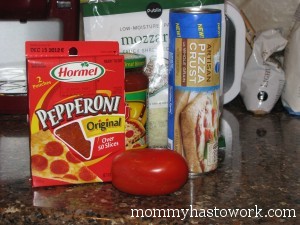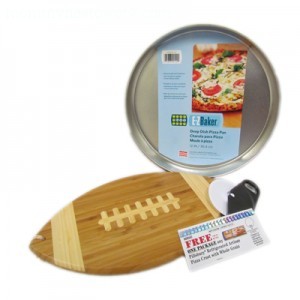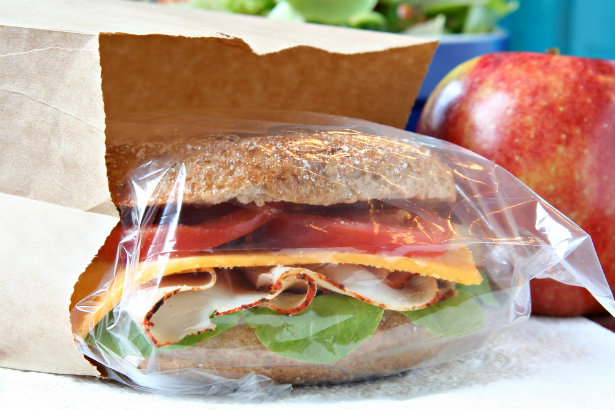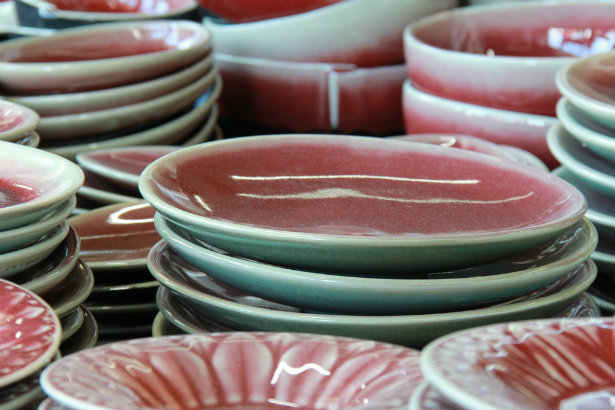The big game is about to begin and you need something to eat! Pizza is always a winner but why not make it healthier with Pillsbury Artisan Pizza Crust with Whole Grain. Easy to make and add your favorite toppings to make it a hit with everyone!
Pillsbury Artisan Pizza with Whole Grain has 16 grams of whole grain per serving. And while it used to harder to find, it can now be found at many local grocery stores. I found several stores in my area, where as a few months ago there was only one.
We don’t get to creative…cheese, pepperoni and tomatoes and onions. But if you want some fun ideas check out Pillsbury’s website:http://bit.ly/VleqXy
What’s your favorite pizza toppings?
__________________________________________________________________________
Pillsbury and My Blog Spark would like to give one Mommy Has to Work reader a gift pack to try for yourself!
a Rafflecopter giveaway
“Disclosure: The product, gift pack, information, and additional sample have been provided by Pillsbury through MyBlogSpark
